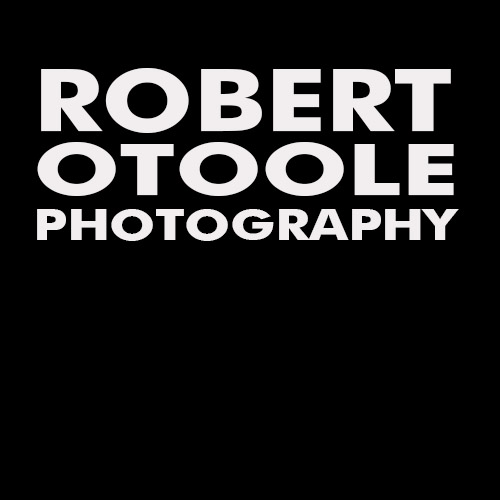Photographing in the field in contrasty harsh light is something every photographer has to deal with. This is a technique that I use for those difficult high contrast situations. For a more natural looking image you need to take control of the light to handle the light and dark tones in a high contrast image.
It is important to understand the problem with high contrast scenes. Exposing for the light tones will cause the darker tones to underexpose and exposing for the darks will result in blown out highlights.
Photographing in the field in contrasty harsh light is something every photographer has to deal with. This is a technique that I use for those difficult high contrast situations. For a more natural looking image you need to take control of the light to handle the light and dark tones in a high contrast image.
It is important to understand the problem with high contrast scenes. Exposing for the light tones will cause the darker tones to underexpose and exposing for the darks will result in blown out highlights.
Sigma 105mm f/2.8 OS macro lens, Manual mode 1/125th s at f22, ISO 100
Exposing for the whites in the image above works okay for the flower but the background looks really ugly and dark. Trying to lighten this background on the computer will create lots of noise and the image will end up looking unnatural.
Sigma 105mm f/2.8 OS macro lens, Manual mode 1/125th s at f8, ISO 100
Exposing for the background gives me a much more natural looking green but now the whites are blown out. So exposure changes alone are not the way to solve the contrast issue in this case.
Sigma 105mm f/2.8 OS macro lens, Manual mode 1/125th s at f8, ISO 100
The light hitting the flower needs to be controlled to balance the scene. Here I used a 12 inch round translucent diffuser to block the sunlight. If you don't have a diffuser handy you can use anything available to shade the subject, even your own camera or body part.
Sigma 105mm f/2.8 OS macro lens, Manual mode 1/125th s at f5.6, ISO 100
Since the amount of light hitting the flower has been reduced the exposure has to be increased to properly expose the white flower. The flower looks just about right but now the background is way overexposed. This is because there is still too much contrast between the subject and background. The flower only needs a little more light to balance with the green background.
Sigma 105mm f/2.8 OS macro lens, Manual mode 1/125th s at f8, ISO 100, flash in manual mode at 1/4 power
Fill flash works well in situations like this. With a properly exposed background and flash lighting the subject we now have a balanced image. Notice that the flash also brings out a lot more detail than the flat light in the previous image and eliminates the dark shadows seen in the first image. If you don't have a flash handy you can use any kind of reflector, even a white shirt can help light the subject.
This is just one way to control light and use flash to balance a high contrast scene. I am not trying to encourage anyone to go out and shoot flowers in full sun. My best advice for an extreme contrast situation is always to stop photographing, maybe take a lunch break, and return when there is less contrast. But if you do find yourself photographing a scene with too much contrast at least you know one way to quickly handle the situation.
I use this technique all the time for macro photography. In the image below I used a 12 inch round translucent diffuser held in place with a plastic clamp attached to my tripod and used a small wireless flash with flash diffuser to light the subject. The green background was lit by full sun.
Female crab spider on Cosmos. South Coast Botanical Gardens, RPV, California. Nikon D800E, Sigma 105mm f/2.8 OS macro lens, 1/200 s, f/8 at ISO 200. Monopod and Jobu tilt head. Nikon SB-R200 Wireless Speedlight in manual mode 1/5 power with diffuser.
Any questions or comments? Leave a question below or send me an email.
All content (including text, design, photos, layout, and graphics) are copyright © 2013 Robert OToole. All rights reserved.
